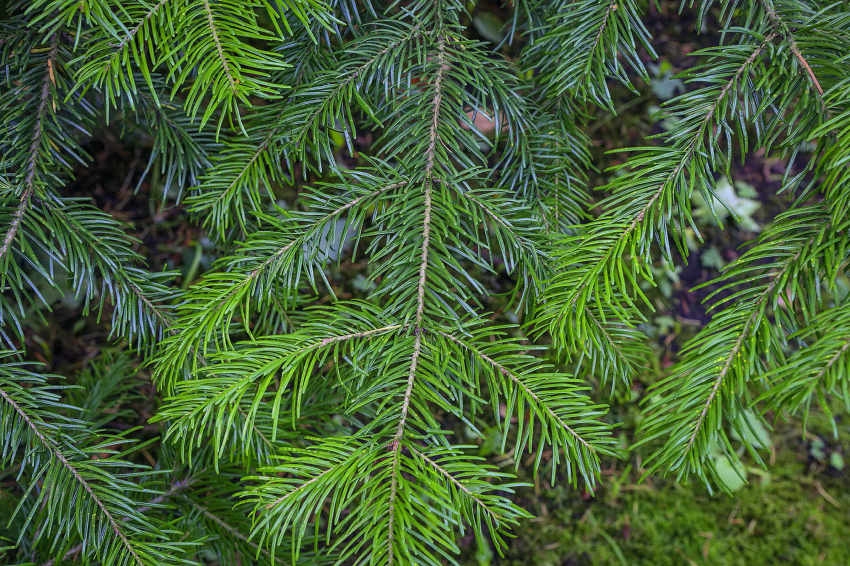RED BOOK: KGZ 11 Torkent-Kara-Zhygach Key Biodiversity Area
Species that initiated the designation of KBA [and other globally threatened species that are present in the KBA but have not been confirmed to meet the global KBA criteria]: Polygonum toktogulicum, Pyrethrum sovetkinae, Pyrethrum sussamyrense, Salvia vvedenskyi, Scutellaria botbaevae.
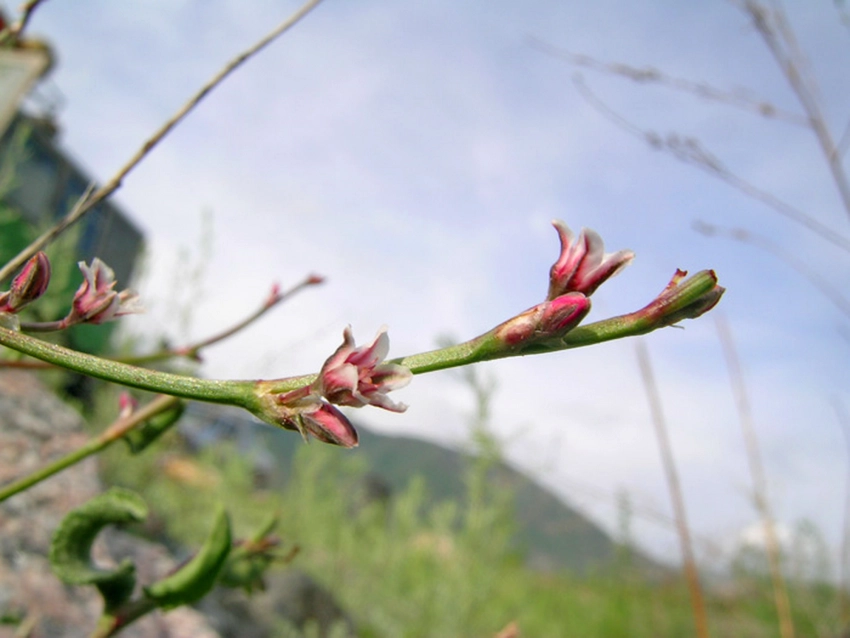
Toktogul knotweed (Polygonum toktogulicum)
Family: Polygonaceae Polygonum toktogulicum Lazkov.
It grows on variegated outcrops at altitudes of 900-1100 m above sea level. u. m. Distribution in Kyrgyzstan - Susamyr ridge.
Botanical description of the species:
Highly woody subshrub. Perennial branches up to 50 cm tall, covered with gray bark. Annual branches are leafy up to the middle, densely covered with papillae in the lower part.
Leaves: leaf trumpets are short, tubular, oblique, entire, reddish at the base and very densely covered with papillae. Leaves 2.5-3.0 mm long, 1.0-1.5 cm wide, broadly lanceolate, pointed at the apex, turning into a short petiole with articulation at the base, leathery, bluish-green, serrated along the edge, wavy .
The flowers are in long leafless inflorescences, arranged 2-3 in the axils of the bracts on short pedicels. The perianth is about 3.5 mm long, with fruits up to 5 mm long, dissected to the middle into 5, slightly unequal, widely white or pinkish bordered, in the upper part with small horns, with fruits with noticeable veins, lobes. There are 8 stamens with pink filaments and dark pink rounded anthers.
Blossoms and bears fruit in June-July.
Ecology. General distribution. Endemic.
Conservation in Kyrgyzstan. No security measures were taken.
Cultivation. No information available.
Meaning. A rare ornamental plant.
Interesting Facts: The genus Polygonum was first described by Carl Linnaeus in 1754. However, long before Linnaeus, the name was used in Greek and Latin to refer to a plant used medicinally. The first mention of the plant is given by Scribonius Largus (who wrote a list of recipes around 47 AD), then in 1655 by Matthias Martinius.
Source of information and photos: Lazkov G.A., Umralina A.R. Endemics and rare plant species of Kyrgyzstan (Atlas) – FAO. Ankara, 2015.
Herbarium photo source: https://plant.depo.msu.ru/open/public/en/item/MW0591979
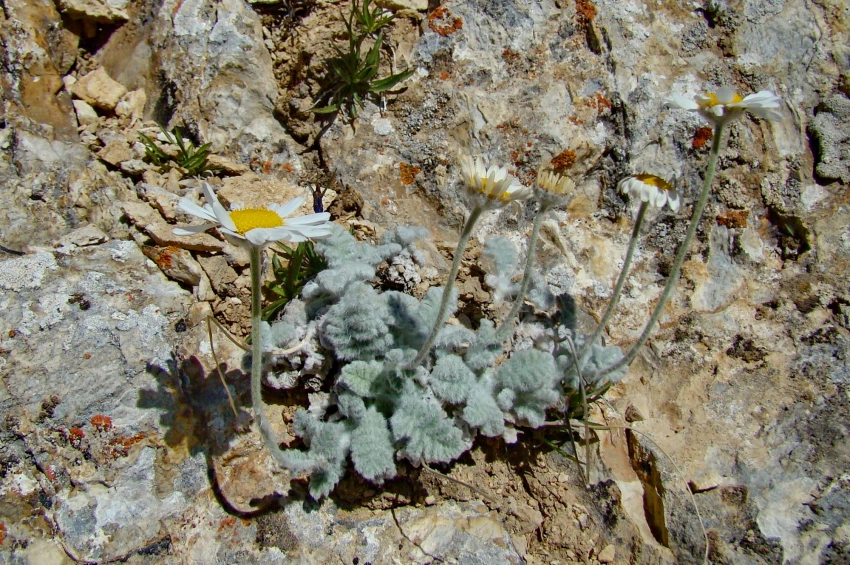
Sovetkina’s Richteria (Pyrethrum sovetkinae)
Feverfew (lat. Pyréthrum) is a genus of perennial herbaceous plants of the Aster family, or Compositae (Asteraceae) family.
Popular names of genus are Romashnik and Popovnik. Plants from this genus are often simply called chamomiles, like plants from other genera of the Aster family.
Botanical description of the genus: Pyrethrum stems are erect, branched and downy. Plants 5-150 cm tall. Leaves are alternate, pinnatisected and rarely whole. Flowers are small, in capitulums, solitary or collected (2-40, rarely 100) in a common corymbose inflorescence; marginal flowers are pistillate, ray, disc flowers are androgynous and tubular.
Vegetation area: On rubble slopes, granite rocks in the upper belt of mountains. Richteria is close to edelweiss in terms of endurance. Amazing in beauty, it climbs high on the crests of ridges and mountain peaks, where there is not even soil, and proudly throws its flower to the sun. Richteria grows only in the highlands, not lower than three thousand meters and up to 4200 meters above sea level, and blooms in sky-high heights throughout the summer.
Interesting facts:
Pyrethrum has been used as an insecticide for centuries in Persia and Europe. Some types of pyrethrum accumulate pyrethrins, substances that are poisonous to insects and other invertebrates.
The genus got its scientific name because of beneficial properties of some of its representatives; it comes from the Greek word “pyretos” (“heat”, “fever”). Parthenolide, the active substance found in the plant, is being investigated for therapeutic activity.
2 closely related species are cultivated for decorative purposes: Pink pyrethrum, or Persian pyrethrum (R. roseum, formerly P. carneum), and Caucasian pyrethrum, or florist’s pyrethrum (P. coccineum, formerly P. roseum). Costmary chrysanthemum is also used as an insecticidal plant, P. parthenium is cultivated as a curb ornamental plant.
Source of information: https://www.booksite.ru/fulltext/1/001/008/089/244.htm
Photo source: https://www.plantarium.ru/page/image/id/662162.html
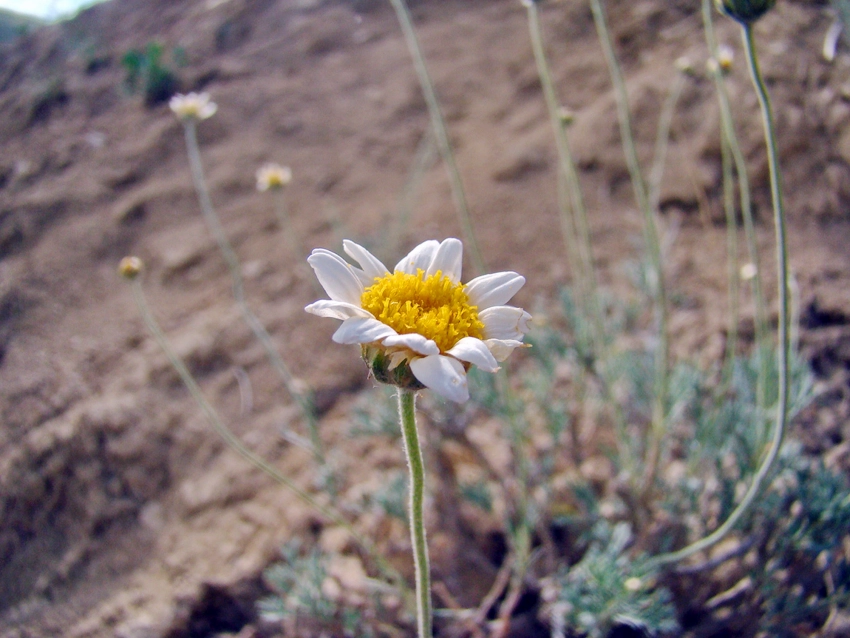
Susamyr Richteria (Pyrethrum sussamyrense)
Richteria < Asteraceae < Asterales < Magnoliopsida < Magnoliophyta.
Botanical description of the genus: Pyrethrum stems are erect, branched and downy. Plants 5-150 cm tall. Leaves are alternate, pinnatisected and rarely whole. Flowers are small, in capitulums, solitary or collected (2-40, rarely 100) in a common corymbose inflorescence; marginal flowers are pistillate, ray, disc flowers are androgynous and tubular.
Interesting Facts:
Since ancient times, pyrethrum has been known for its beneficial properties. Various cultures, such as Macedonia, China and Persia, used chamomile to protect against pesky insects and parasites that caused trouble in the military and everyday life. Pyrethrum products are used to treat cages in zoos or pet shelters.
Sources of information: https://openfito.ru/vids/vid/78320
https://dzen.ru/a/ZW16kJiU63hA8kyk - pyrethrum as a bioinsecticide
Herbarium photo source: https://plant.depo.msu.ru/open/public/item/MW0884197

Vvedensky’s Sage (Salvia vvedenskyi)
Status: VU. Very rare narrow endemic species. Decorative plant.
Description. Perennial. Stem is 40-60 cm tall, simple or branched in inflorescence, pale along the ribs, green along the edges, densely pubescent. The leaves are basal, long-petiolate, large, up to 8 cm long and 4 cm wide, pinnatipartite, with a green border along the stem, the lobes, in turn, are pinnately dissected or pinnately lobed. Stem leaves 3 per whorl, similar to basal, but smaller, short-petiolate, almost sessile, Flowers 2(3) per whorl, 5-7 of them on one branch of the inflorescence. Calyx campanulate, up to 13 mm long, enlarged in fruits, glandular-hairy. Corolla pinkish, up to 35 mm long, upper lip almost straight, bilobed, middle lobe of lower lip obovate cordate, wider than lateral ones. Nut fruit.
Features of biology. Blooms. U1-UP; bears fruit UP-USH. Seed reproduction.
The distribution is general and in the country. Endemic of Kyrgyzstan; Suusamyr ridge, Ketmen-Tube basin between the rivers Terek and Sogot-Suu, left bank of the Chichkan river.
Places of growth. On rocky and fine earth slopes in the middle belt of mountains.
Number. Very limited.
Limiting factors. Economic development of the territory.
Cultivation. There is no information.
Security measures are in place. Included in the Red Book of the Kirghiz SSR (1985).
Protective measures are recommended. To study the area and the state of the population. Organize a botanical reserve in the Ketmen-Tebe valley along the left bank of the river. Chichkan.
Source of information: Red Book of the Kyrgyz Republic. 2nd edition - Bishkek, 2007.
Photo source: https://www.plantarium.ru/page/view/item/33562.html
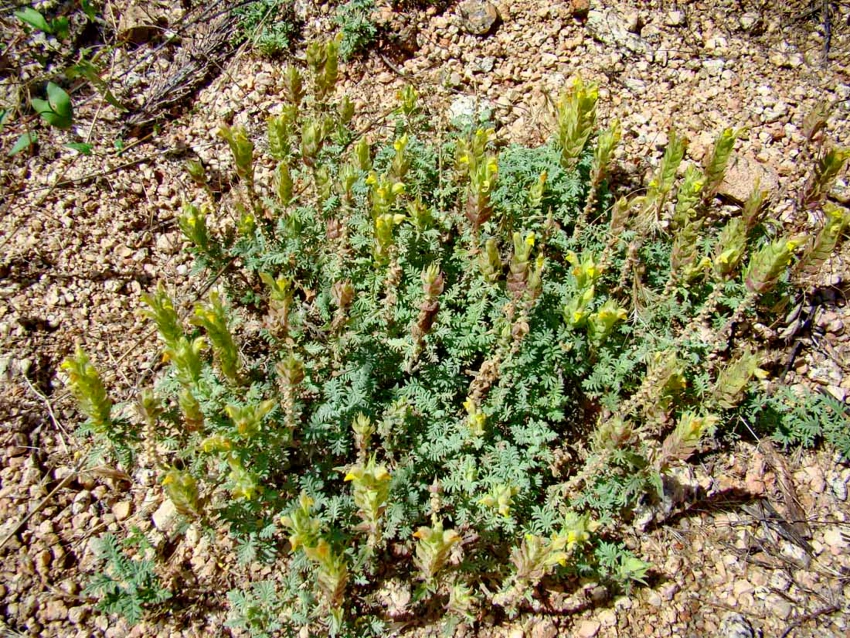
Botbaeva's skullcap plant (Scutellaria botbaevae)
Genus: Scutellaria < family: Lamiaceae < order: Lamiaceae < class: Dicotyledonous < division: Flowering.
A perennial plant with a slightly woody caudex. It grows on rocky screes at altitudes of 1200-1800 m at sea level. Distribution in Kyrgyzstan: Susamyr ridge.
Botanical description of the species: Flowering stems 10–25 cm long, ascending, curly-hairy. Stem leaves with ovate or broadly ovate blades, 0.8–2 cm long, 0.6–1.3 cm wide. The leaves are pinnately divided up to 2/3 of the width (4–5 blades on each side), at the top of the blade they are sharp or blunt, at the base they are broadly wedge-shaped or truncated. The leaves are green with sparse thin felt on top, thinly grayish-felt-like below, on petioles 6–15 mm long.
The flowers are on the tops of the stems in short-spike-shaped, gradually lengthening to 8 cm in length, in inflorescences. The bracts differ from the stem leaves, oblong-ovate, up to 1.5 cm long, 0.6 cm wide, narrowed at the apex into a rather long pointed tip, usually curved, boat-shaped, short-pressed pubescent. Calyx bell-shaped 2 mm long. The corolla is 1.5–2 cm long, the outside is densely pubescent with non-glandular hairs, yellow, then with a reddened lower lip, the tip of the upper lip and its lateral lobes.
Blooms in June-July, bears fruit in July-August.
Ecology. General distribution. Endemic. Cultivation. No information available.
Meaning. A rare decorative species. Security in Kyrgyzstan. No security measures were taken.
Source of information: Lazkov G.A., Umralina A.R. Endemics and rare plant species of Kyrgyzstan (Atlas) – FAO. Ankara, 2015.
Photo source: https://www.plantarium.ru/page/image/id/80311.html, https://www.plantarium.ru/page/image/id/80350.html

